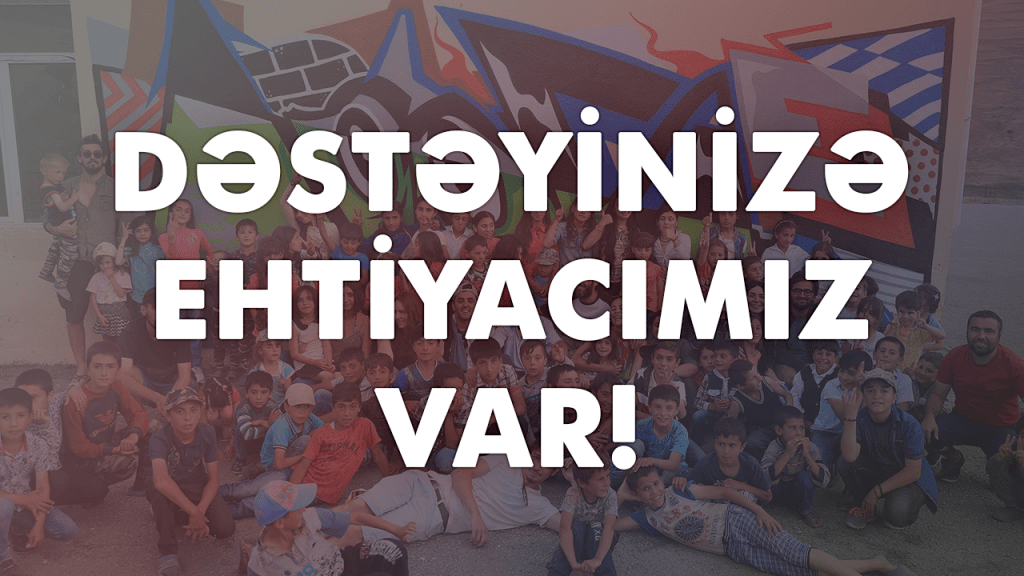Rauf Mammadov

Moscow-based Azerbaijani artist Rauf Mamedov began his career as a filmmaker and director after graduating from the Moscow Cinematography Institute. He collaborated on four films, including Island of Dead Ships (1987) and Girl from Rouen Nicknamed Doughnut (1989), which both won a Silver Rose at the International Film Festival in Montreux, Switzerland. In addition to his work as a film director, he developed an art practice focusing on photography which combines his film background with collage and computer technology. His artwork has been exhibited across Europe, Russia, Korea and in Jerusalem. In 2007, he was nominated for the prestigious Kandinsky Prize ‘Project of the Year’ for his photographic series combining Biblical imagery with the use of models from vulnerable communities. He has presented solo exhibitions at the Lilja Zakirova Gallery in Amsterdam, Netherlands and the Aidan Gallery in Moscow and in 2011, the Moscow Museum of Modern Art held a large solo exhibition of his work entitled <<Silentium>>. His artwork was also featured in the 2013 Sotheby’s auction exhibition in London “At the Crossroads: Contemporary Art from Caucasus and Central Asia.” Today, he continues to exhibit his work through the Lilja Zakirova Gallery in Amsterdam.
Rauf cinematic eye is visible in his photographic works, which are produced with collaborators to achieve visual and emotional density. Using theatre-like sets, still photography, and computer manipulation, he photographs his subjects individually to focus on their uniqueness and personality. Using software, he then combines the photo portraits into stylized scenes within his artwork. His most famous works are inspired by art history and theology. In 1998, he recreated iconic Biblical scenes including Leonardo DaVinci’s The Last Supper as a photo collage of models with Down Syndrome, a genetic condition which renders people who have it with mild intellectual disability and characteristic facial features. People who suffer from the disorder are known for their open emotions and loving nature, which drew Rauf to work with them as the subject of his photography because of the purity of their expressions. His works draw out the empathy and kindness in the faces of the models, which he uses to confront viewers with their own perceptions and emotional barriers. Using light, shadow, and color, the works evoke classical paintings of the Renaissance and Dutch Masters in their sympathetic beauty. When the series was first introduced two decades ago, it was groundbreaking in its concept and propelled him to fame.
In subsequent years, he continued to work with people with Down Syndrome in other photo series, including Pieta and Supper at Emmaus, and then expanded his focus. In his project Adam and Eve, Rauf includes patients from a psychiatric facility where he worked as a nurse in his youth. This formative experience is expressed through the intensity in which he portrays the story of Adam and Eve with patients who are suffering from schizophrenia, a mental condition where they cannot distinguish reality from fantasy, or as Rauf states, the conscious from the subconscious. In Rauf’s view, the patients are thus closer to their essential nature, as the separation of humanity’s consciousness has led to our isolation from the Divine. He portrays mental illness in a deeply humanistic way, inviting viewers to consider how their own experience of consciousness informs their worldview. The timeless nature of the work is universal, asking us what it means to be the ‘other,’ questioning our own morality through the radical inclusion of his artistic vision.
Take a look at Rauf Mamedov’s other works: https://www.artsy.net/artist/raoef-mamedov














